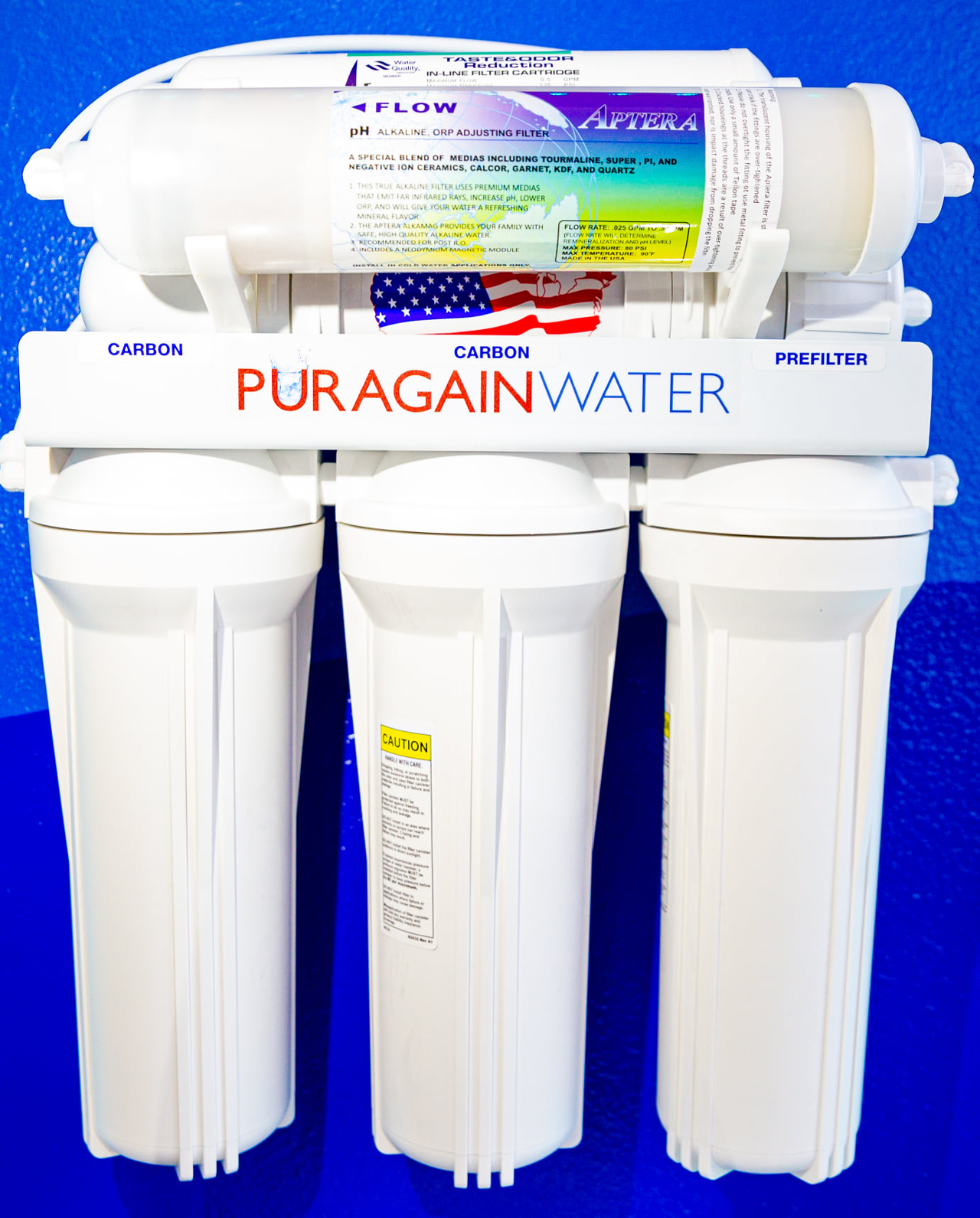
A water softener plays an essential role in removing hardness minerals from the water, which cause problems such as soap scum buildup and water spots. These minerals can also clog pipes, reduce water pressure, and shorten the lifespan of appliances.
Salt is a critical component in the water softening process, and it is essential to use the right type of salt and maintain the appropriate salt level to ensure that the system works efficiently. This article will discuss the dos and don’ts of using salts in your water softener, as well as other tips for maintaining your water softening system and ensuring its optimal performance.
What is Water Softening?
Water softening is the process of removing dissolved minerals such as calcium and magnesium from hard water to make it soft. Hard water can cause damage to plumbing systems, leave mineral buildup on appliances, and make it difficult to clean.
Water softening can be done using salt-based or salt-free methods. Salt-based water softeners use an ion exchange process where hard water passes through a resin bed containing sodium ions that exchange with the minerals in the water.
Salt-free systems use various methods such as reverse osmosis, magnetic fields, or chelation to remove minerals from the water without using salt.
How Does the Water Softening Process Work?
The water softening process works by removing dissolved minerals such as calcium and magnesium from the water. Salt-based water softeners use an ion exchange process where hard water passes through a resin bed containing sodium ions.
As the water passes through the resin bed, the sodium ions exchange with the calcium and magnesium ions in the water. The resulting soft water is then passed through the plumbing system.
Over time, the resin bed becomes saturated with minerals, and the salt-based system undergoes a regeneration cycle. During this process, a brine solution is used to flush out the minerals from the resin bed, and the resin is recharged with sodium ions. Salt-free systems use different methods such as reverse osmosis, magnetic fields, or chelation to remove minerals from the water.
The Dos and Don’ts for Using Salts in Your Water Softener
Here are the dos and don’ts for using salts in your water softener:
Dos:
- Do use the right type of salt for your water softener.
- Do check the salt level in the brine tank regularly.
- Do refill the salt tank before it runs out of salt.
- Do clean your water softener with a resin cleaner every 6 months to maintain its performance.
- Do consult the owner’s manual or a professional if you are unsure of how to add salt or perform maintenance on your water softener.
Don’ts:
- Don’t use table salt or rock salt in your water softener.
- Don’t allow the salt level in the brine tank to go below the minimum level.
- Don’t overfill the salt tank with too much salt.
- Don’t use too much resin cleaner, as it can damage the resin beads in the resin tank.
- Don’t forget to turn off the bypass valve before adding salt or performing maintenance on your water softener.
Trust Puragain Water to Provide You with the Best Water Softener Process
Looking for a reliable and effective water softener system? Look no further than Puragain Water! Our advanced water softeners use top-of-the-line technology to provide you with clean, softened water for all your household needs.
We also offer high-quality salt and maintenance products to keep your system running smoothly. Don’t let hard water cause problems in your home – trust Puragain Water for all your water-softening needs.
To learn more about our whole house water filtration system, contact us at 855-40-WATER at Puragain Water today!


